ألكسندر كالدر (1898-1976)
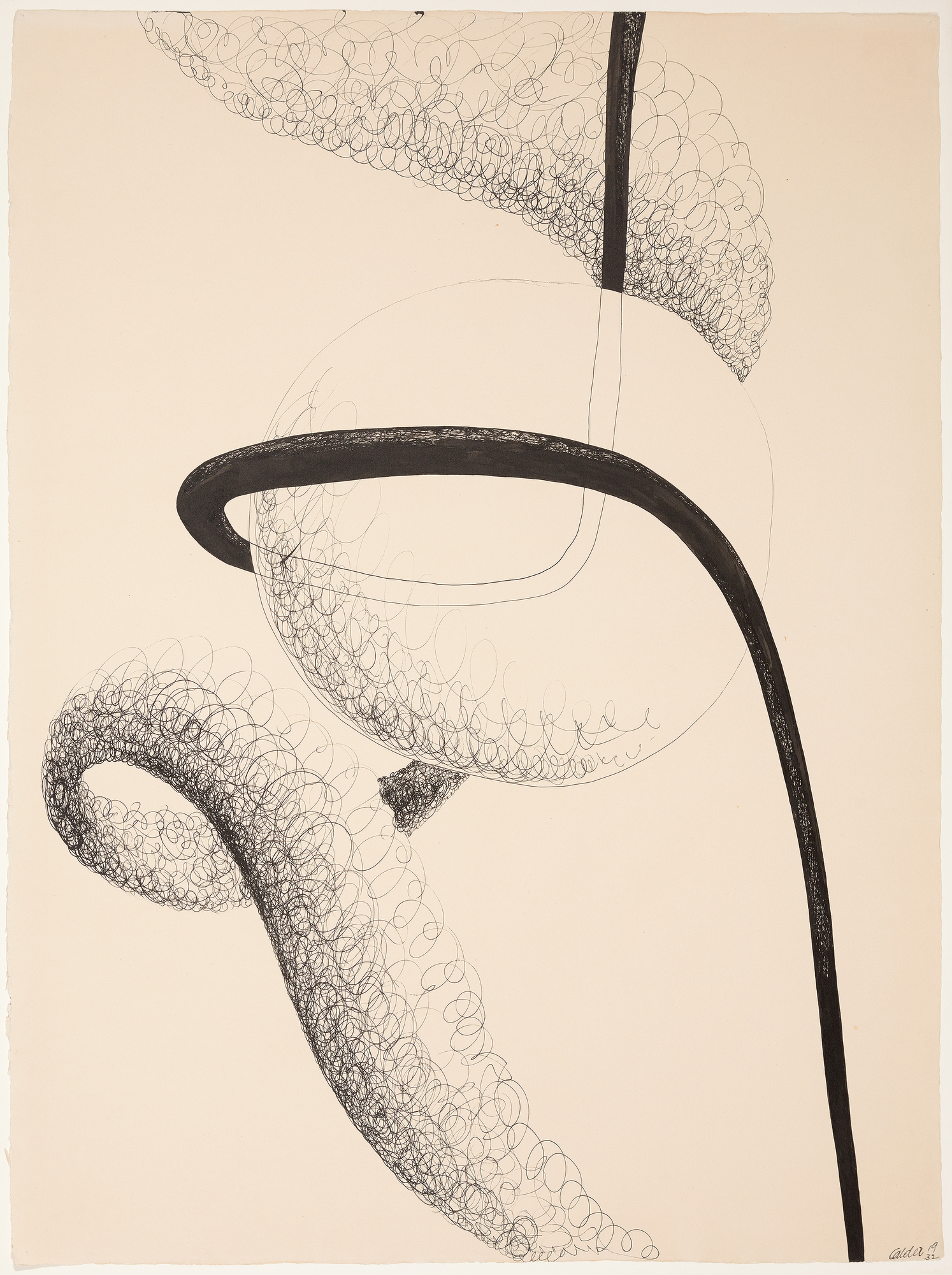
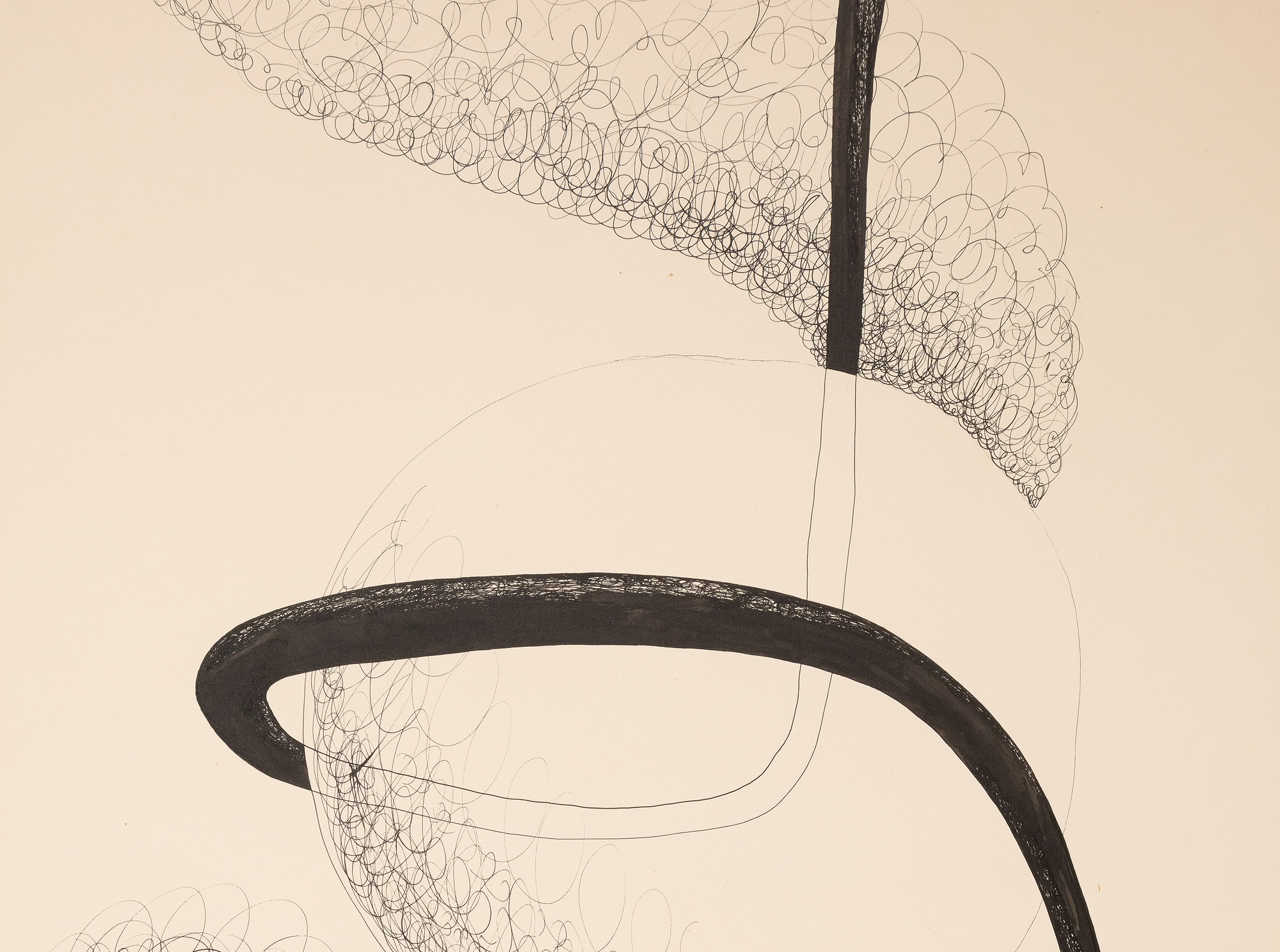
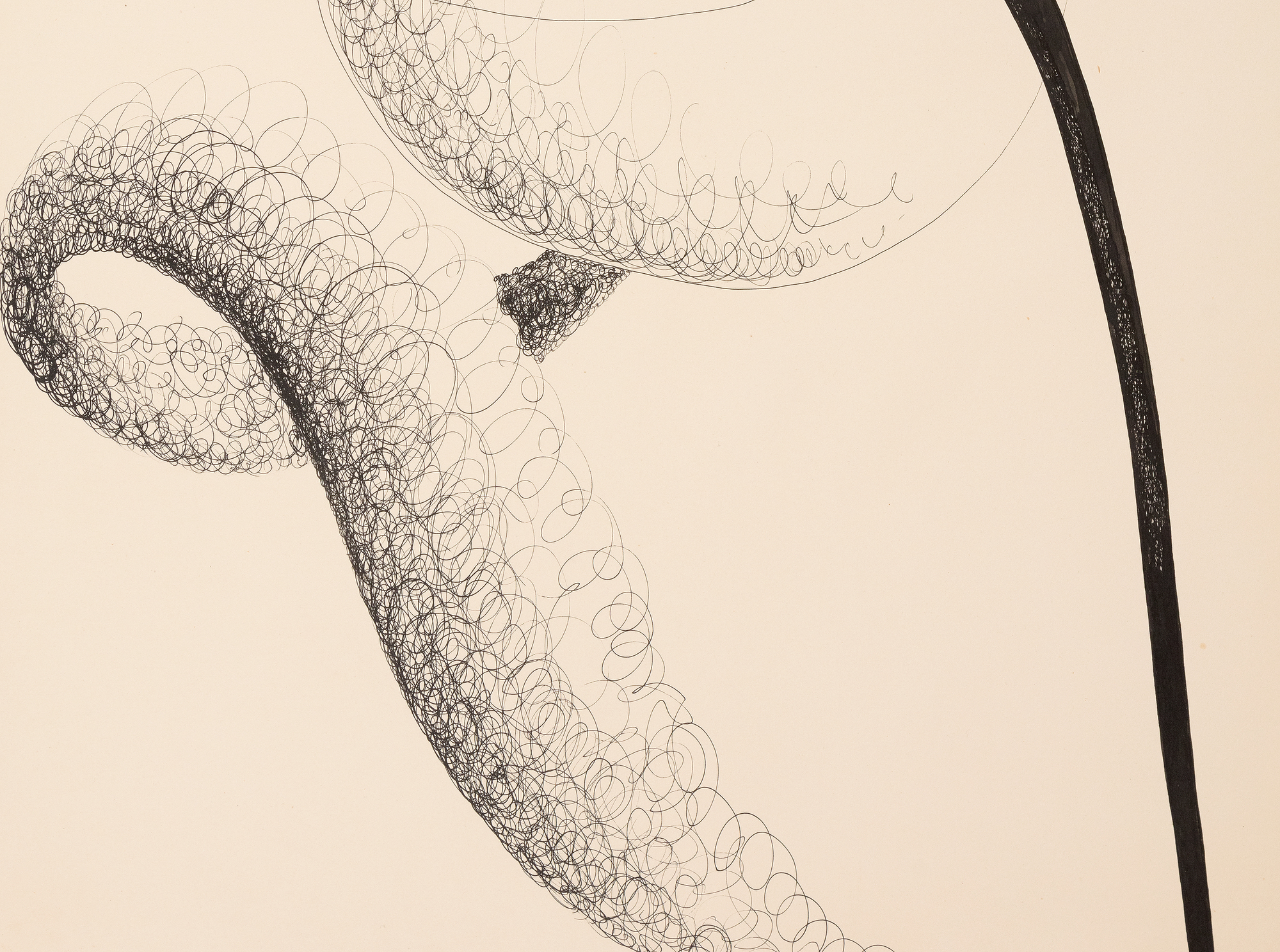
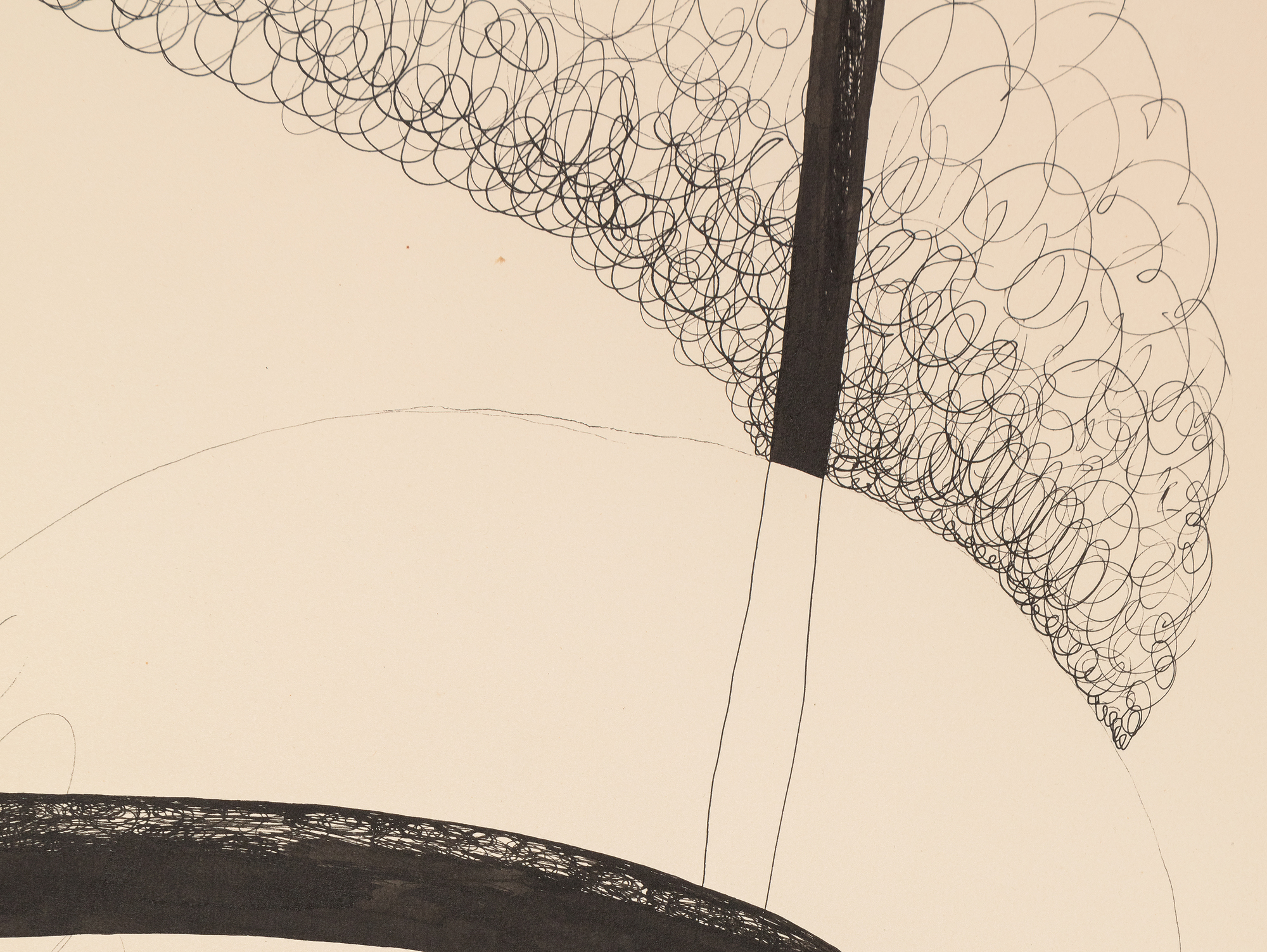
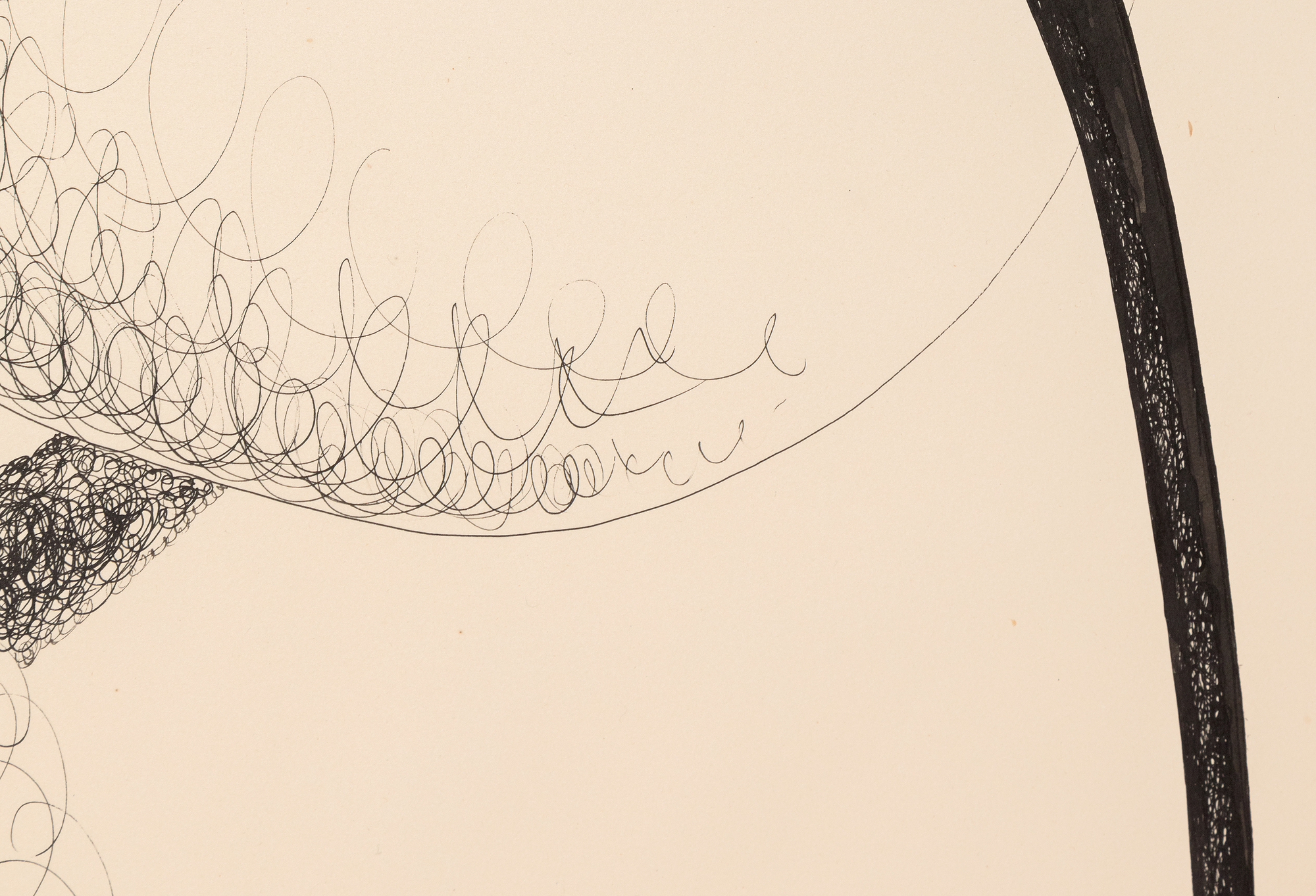
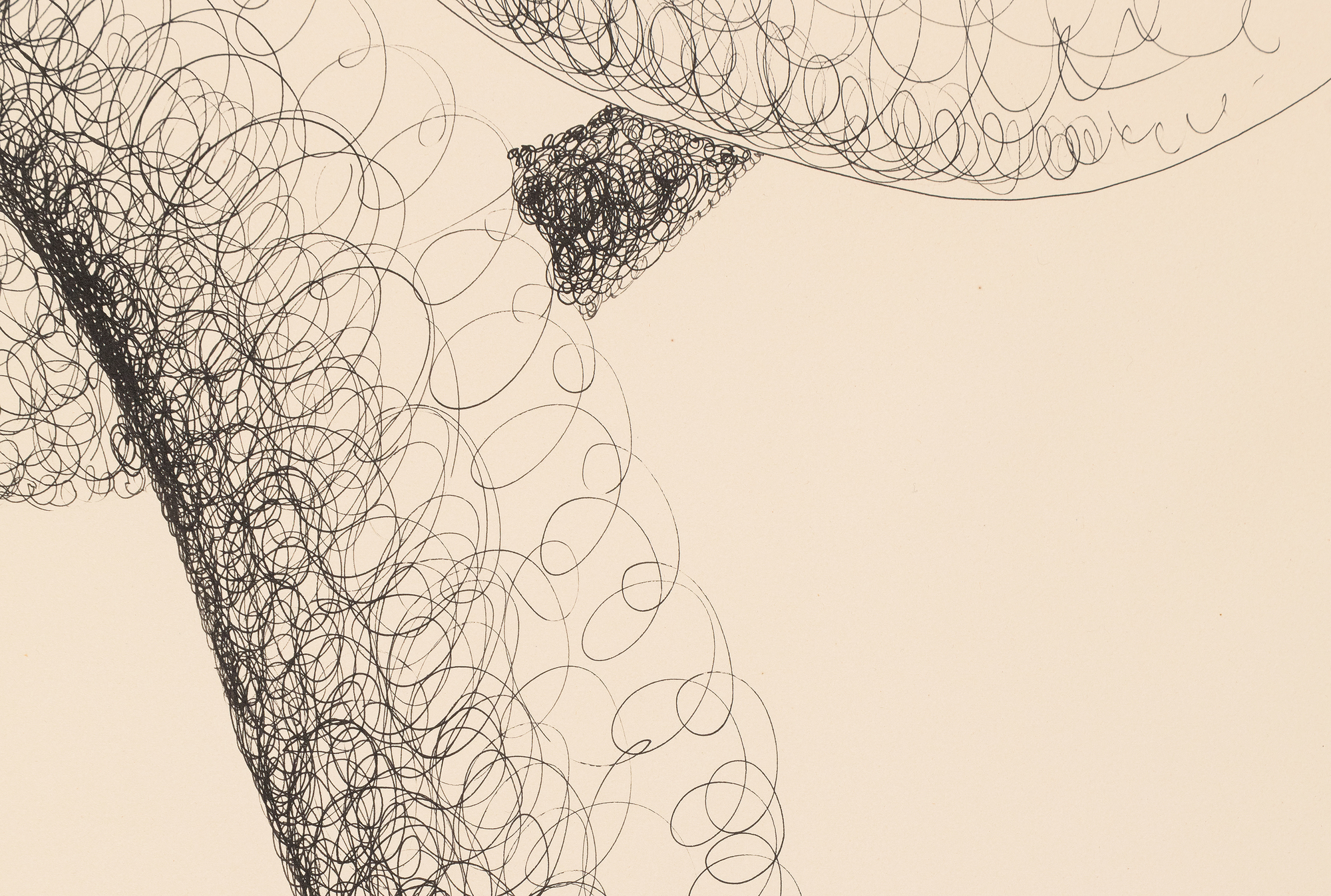
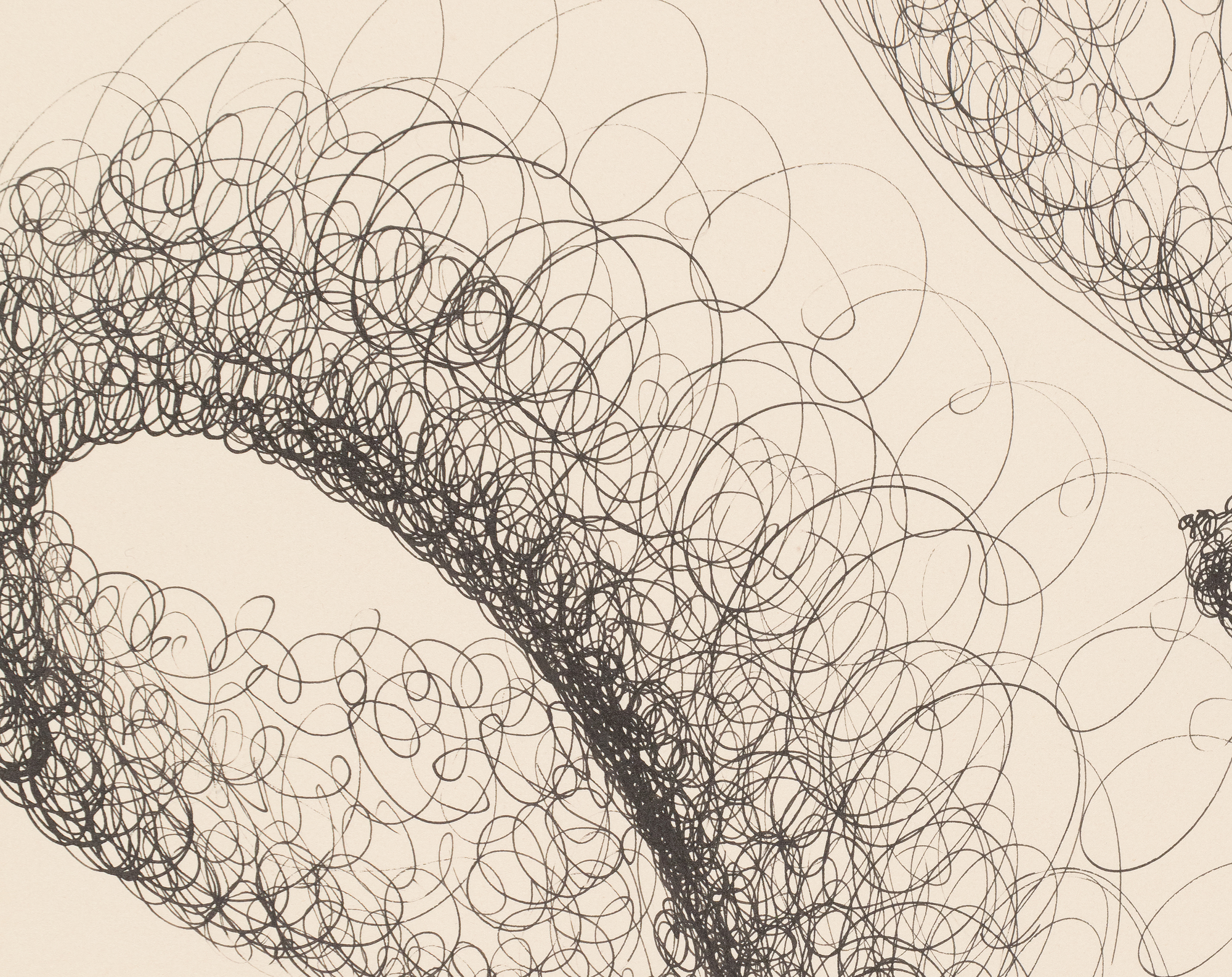
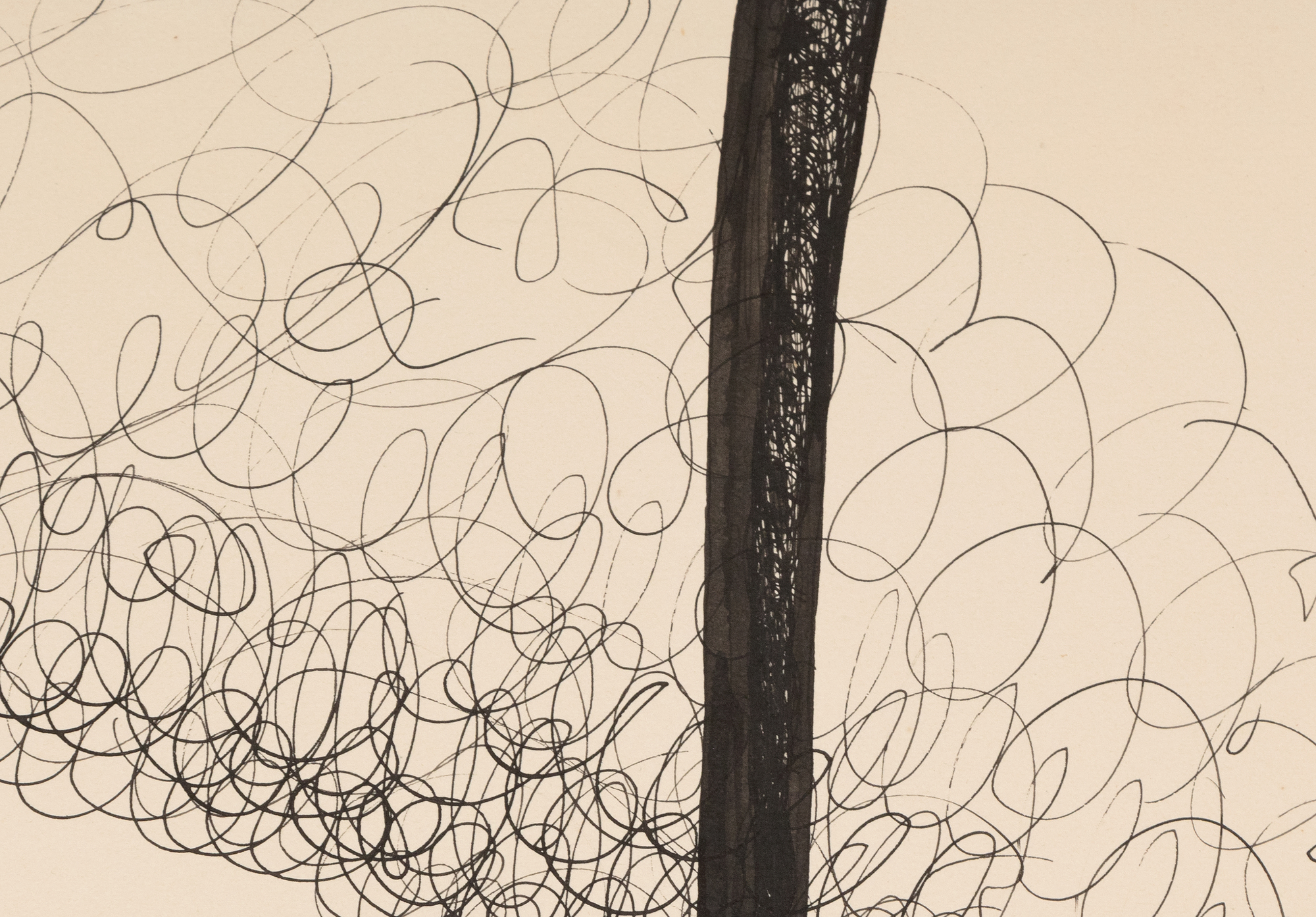
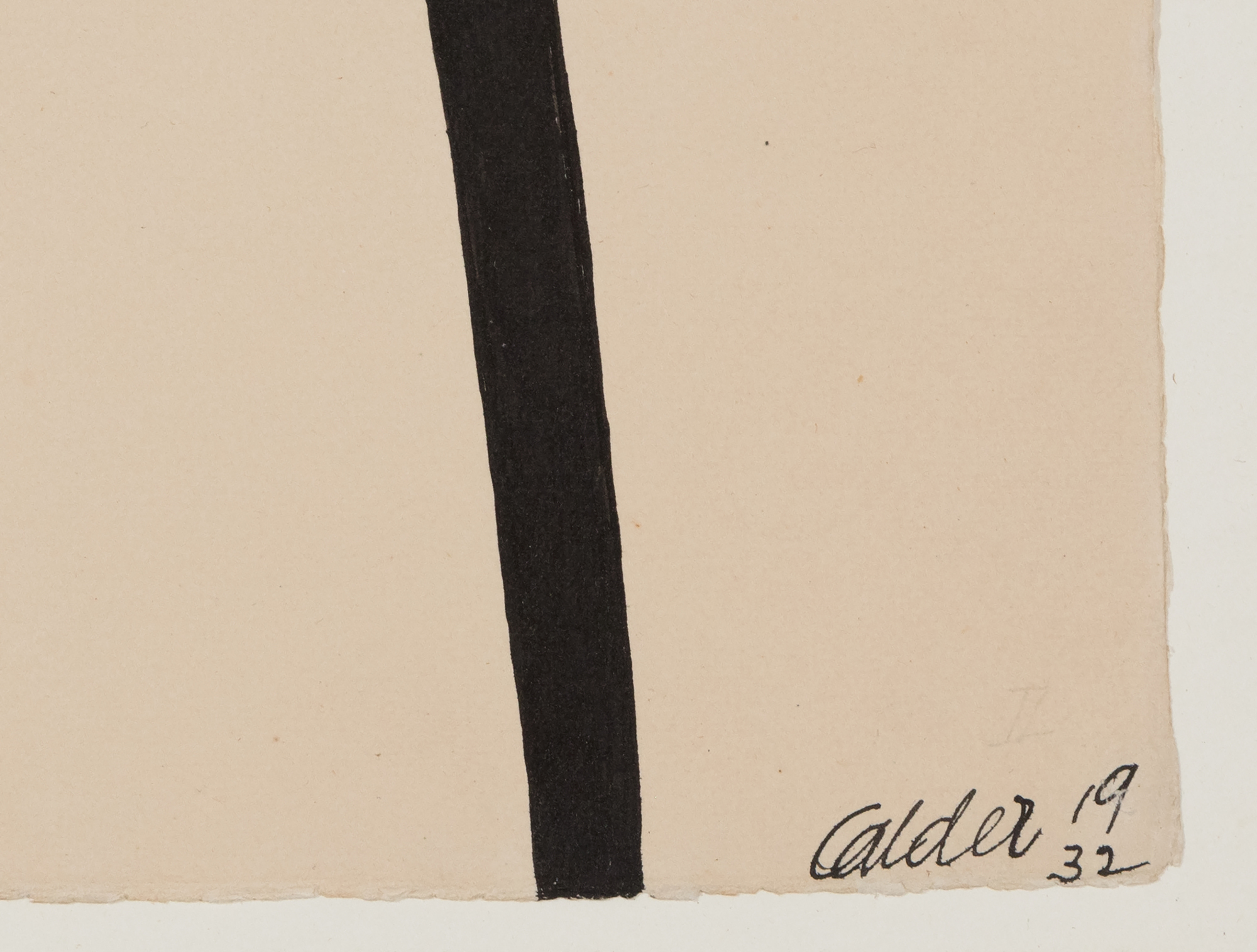
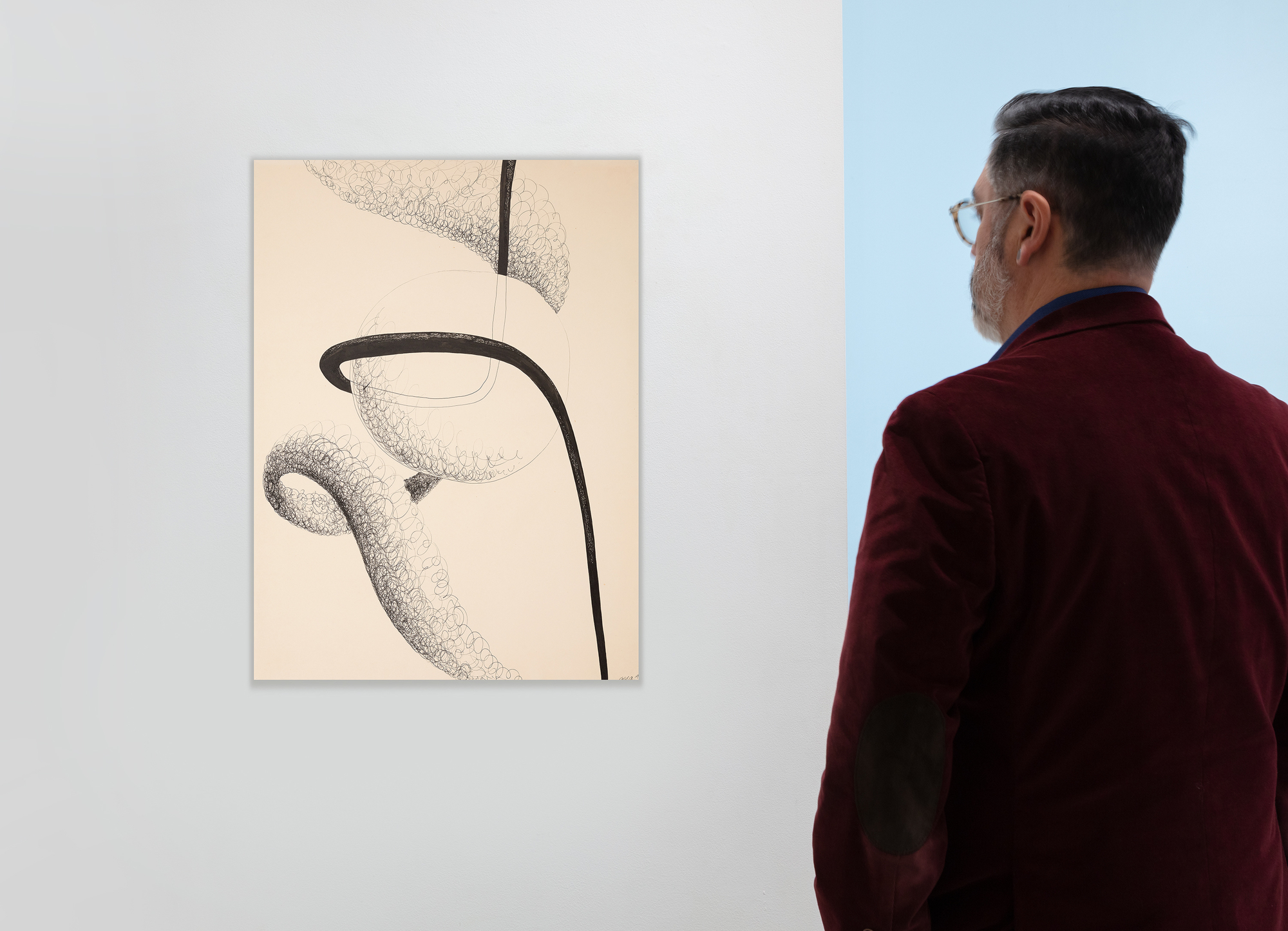
الاصل
معارض بيرلس، نيويوركمجموعة خاصة، فلوريدا، 1974
230,000
يجسد الرسم افتتان كالدر بالطاقات الخفية للكون، محولاً الورق إلى مجال للحركة والفضاء. يركّز اقتصاد الخط على الإيماءات والإيقاع بدلاً من التصوير، مستخلصاً استكشافاته في تكوين رسومي واضح بشكل مدهش. تنتمي هذه الورقة إلى مجموعة رئيسية من الأعمال على الورق من عام 1932، بما في ذلك "نفق الفضاء" و"حركة في الفضاء"، حيث جرب كالدر الرسم كوسيلة لاختبار الأفكار التي ستجد تعبيراً لاحقاً في شكل ثلاثي الأبعاد.
يعزز المصدر أهمية هذا العمل. تم الحصول على لوحة "تورنادو في الفضاء" من خلال تاجر كالدر القديم في نيويورك، كلاوس بيرلز من معرض بيرلز، وظلت في نفس المجموعة الخاصة لأكثر من خمسين عاماً. وتوجد الآن أعمال ذات صلة وثيقة من هذه الفترة في مركز بومبيدو والمعرض الوطني للفنون ومتحف الفن الحديث، مما يؤكد على ندرة هذا الرسم وصداه التاريخي الفني.
© 2023 مؤسسة كالدر، نيويورك/ جمعية حقوق الفنانين (ARS)، نيويورك


